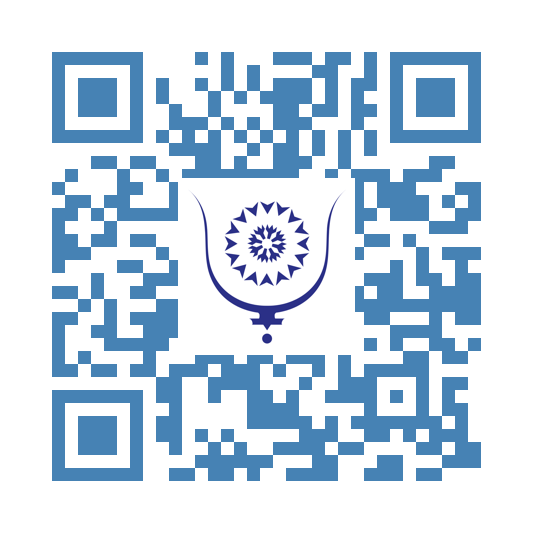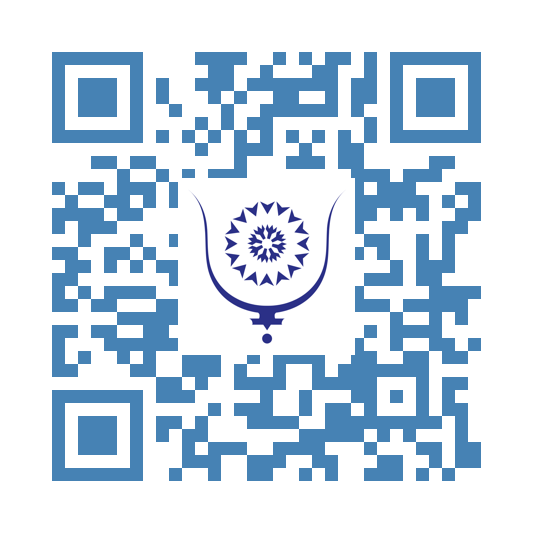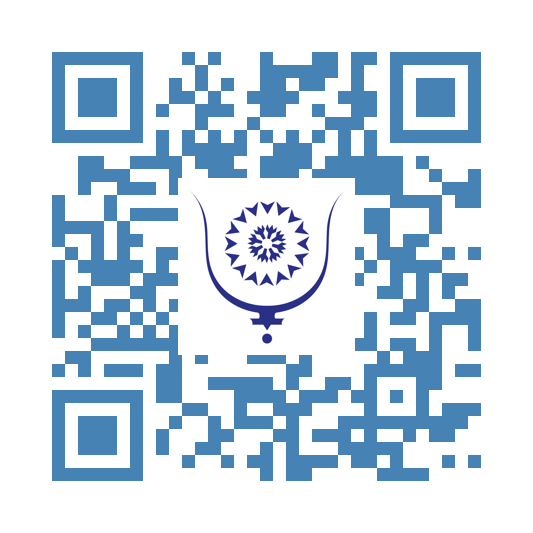The Golden Dawn 641
It is impossible to discuss about magick without mentioning The Hermetic Order of the Golden Dawn. It was founded in the late 19th century and stands as one of the most influential occult societies in modern history. Emerging during a period of intense fascination with mysticism, spiritualism, and ancient wisdom, the Golden Dawn synthesized a wide range of esoteric traditions—Hermeticism, Kabbalah, alchemy, astrology, Tarot, Rosicrucianism, and Enochian magic—into a structured, initiatory system. Its teachings and rituals laid the foundation for much of today’s ceremonial magic, influencing major occult figures such as Aleister Crowley (1875-1947), Dion Fortune (1890-1946), Israel Regardie (1907-1985), and even elements of Wicca and New Age spirituality.
The Order was formally established in 1888 in London by three Freemasons—William Wynn Westcott (1848-1925), Samuel Liddell MacGregor Mathers (1854-1918), and William Robert Woodman (1828-1891)—who claimed to have received authorization to form the group from mysterious German Adepts through the discovery of a cipher manuscript. This document allegedly contained the outlines of a magical order structure and provided the inspiration for the Outer Order of the Golden Dawn, which focused on ceremonial ritual, magical symbolism, and spiritual transformation through the Tree of Life in the Jewish Kabbalistic tradition.
The Golden Dawn was hierarchical and initiatory, with members progressing through a series of grades based on the Qabalistic Tree of Life, each corresponding to deeper levels of metaphysical understanding. The Outer Order (or First Order) focused on theoretical knowledge—Hermetic philosophy, astrological correspondences, geomancy, and the use of symbols, especially those from Egyptian and classical sources. Students were trained in ritual magic, visualization, and the manipulation of elemental and planetary energies.
The Second Order, known as the Rosae Rubeae et Aureae Crucis (RR et AC), was an inner circle reserved for initiates who had demonstrated proficiency and inner development. Here, the emphasis shifted from theory to practical and ceremonial magic, including advanced work in scrying, spirit evocation, Enochian magic, and astral projection. Members of the Second Order were tasked with performing complex rites, often involving magical tools such as wands, swords, pentacles, robes, and the use of consecrated temples.
One of the Order’s most innovative features was its integration of diverse traditions into a coherent symbolic and ritual framework. For example, the Enochian system—derived from the angelic communications of John Dee and Edward Kelley in the 16th century—was systematized and used in conjunction with Kabbalistic and astrological symbolism. Tarot cards were not only used for divination but also mapped onto the Tree of Life and the Hebrew alphabet, giving them philosophical depth. The Golden Dawn also refined techniques of pathworking, where initiates would meditate upon the paths of the Tree of Life to achieve spiritual insight and astral exploration.
Despite its achievements, the Golden Dawn was plagued by internal disputes and power struggles, particularly between MacGregor Mathers and other senior members such as Aleister Crowley and A.E. Waite (1857-1942). By the early 20th century, the original Order had fragmented into various offshoots. Yet these splinter groups—such as the Stella Matutina, Alpha et Omega, and later Builders of the Adytum (B.O.T.A.)—continued the legacy, adapting Golden Dawn teachings for new generations.
In the 1930s, Israel Regardie, a former initiate, published many of the Golden Dawn’s rituals and teachings in *The Golden Dawn: A Complete System of Magic*, ensuring the Order’s survival and revitalization. His work preserved and democratized the system, bringing its methods to solitary practitioners and small esoteric groups around the world.
Today, the Golden Dawn’s influence is nearly universal in Western esoteric and magical traditions. From Thelema to Chaos Magic, Wicca, and modern Hermeticism, echoes of its symbolism, ritual structure, and magical philosophy remain foundational. Its emphasis on disciplined self-transformation through knowledge and will continues to resonate with seekers pursuing spiritual development beyond dogma.
In summary, the Hermetic Order of the Golden Dawn was not merely a secret society—it was a philosophical and magical renaissance, seeking to awaken the divine potential within each individual through a synthesis of ancient wisdom and modern ritual. It represents a key turning point in the Western Mystery Tradition: a bridge between the occult revival of the 19th century and the rich diversity of contemporary magical practice.




